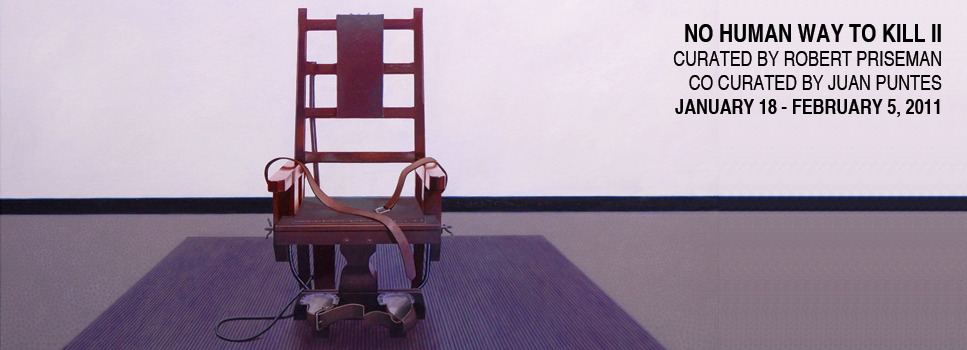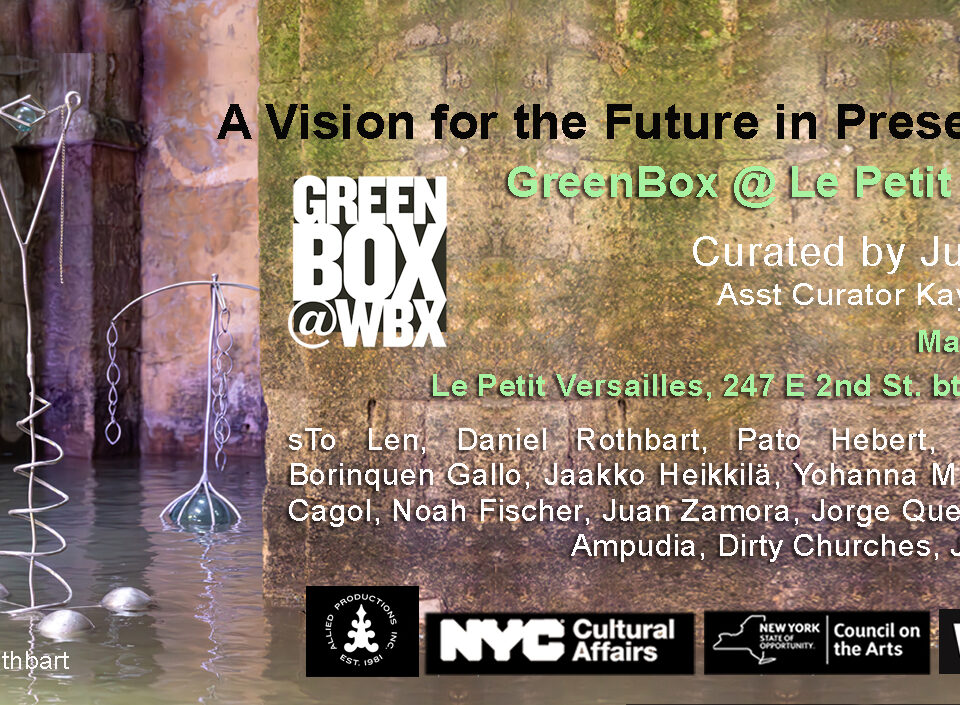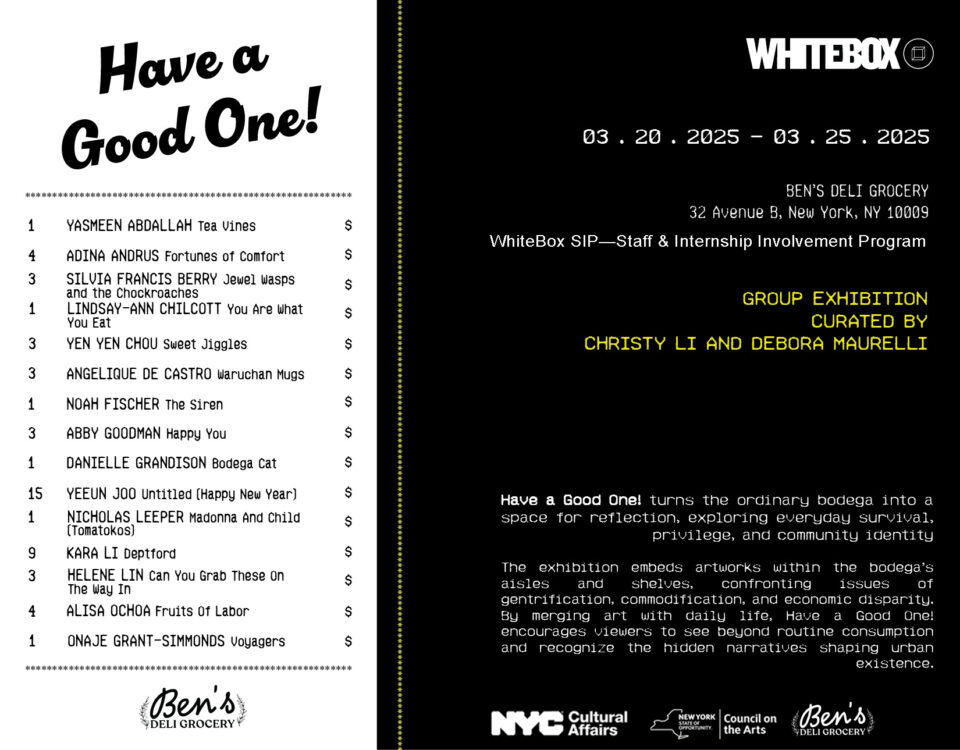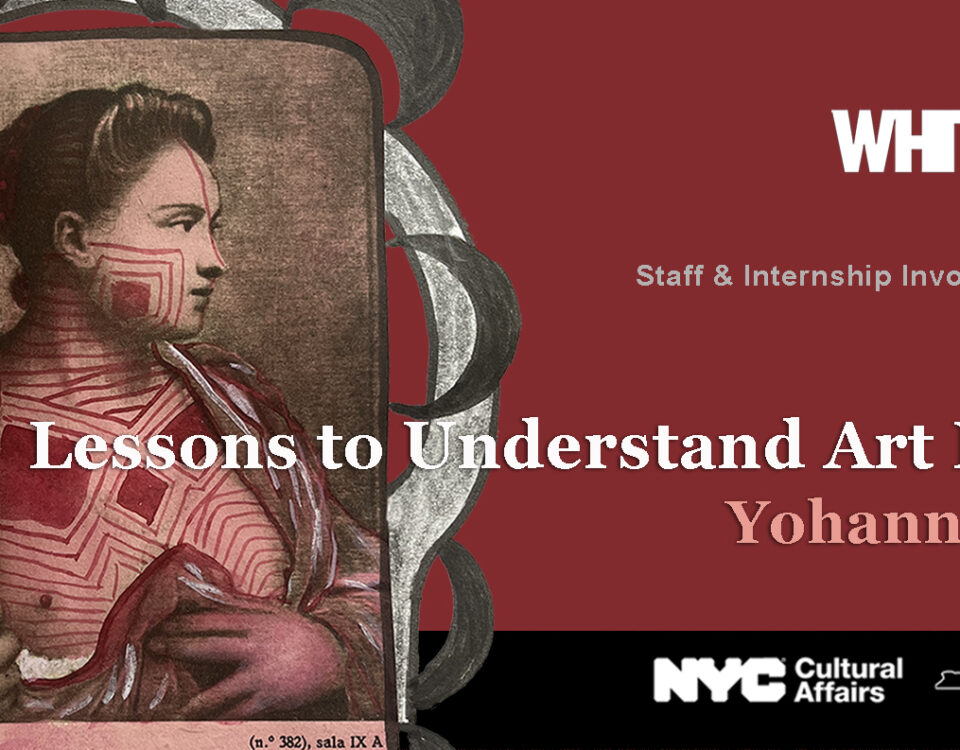THIRD EYE / I
December 21, 2010Robert Rauschenberg and Ushio Shinohara: Reconstructing an Encounter
February 11, 2011NO HUMAN WAY TO KILL – Part II
CURATED BY ROBERT PRISEMAN
CO CURATED BY JUAN PUNTES
JANUARY 18 – FEBRUARY 5, 2011
Opening Reception: 6 to 8 pm, Sunday, January 23, 2011
A Conversation with artist and curator Robert Priseman and NYU Law Professor Robert Blecker, a nationally known retributivist advocate of the death penalty: 4:15 pm SHARP on February 1st, 2011. January 18th marks the opening of one of the most challenging art events of 2011:
This landmark exhibition presents a series of beautiful artworks on the theme of the death penalty with a new book focused on the subject by the critically acclaimed British artist Robert Priseman:
“The acclaimed cutting-edge painter took over the gallery with his searing and terrifying meditations on the various execution methods still on the statute books in the United States. This had to be one of the gallery’s most talked about shows.” – John-Paul Pryor, Dazed & Confused Magazine
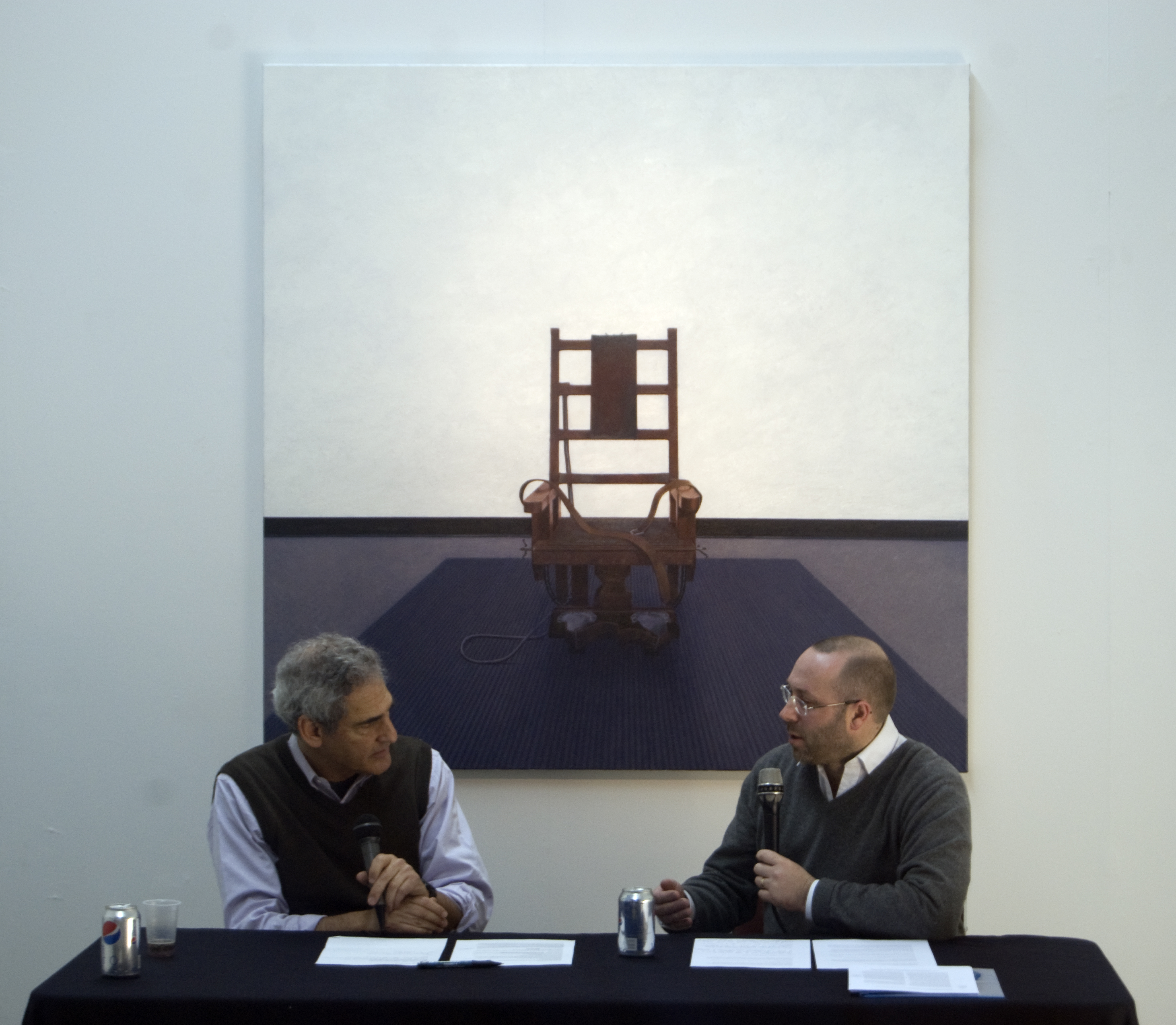
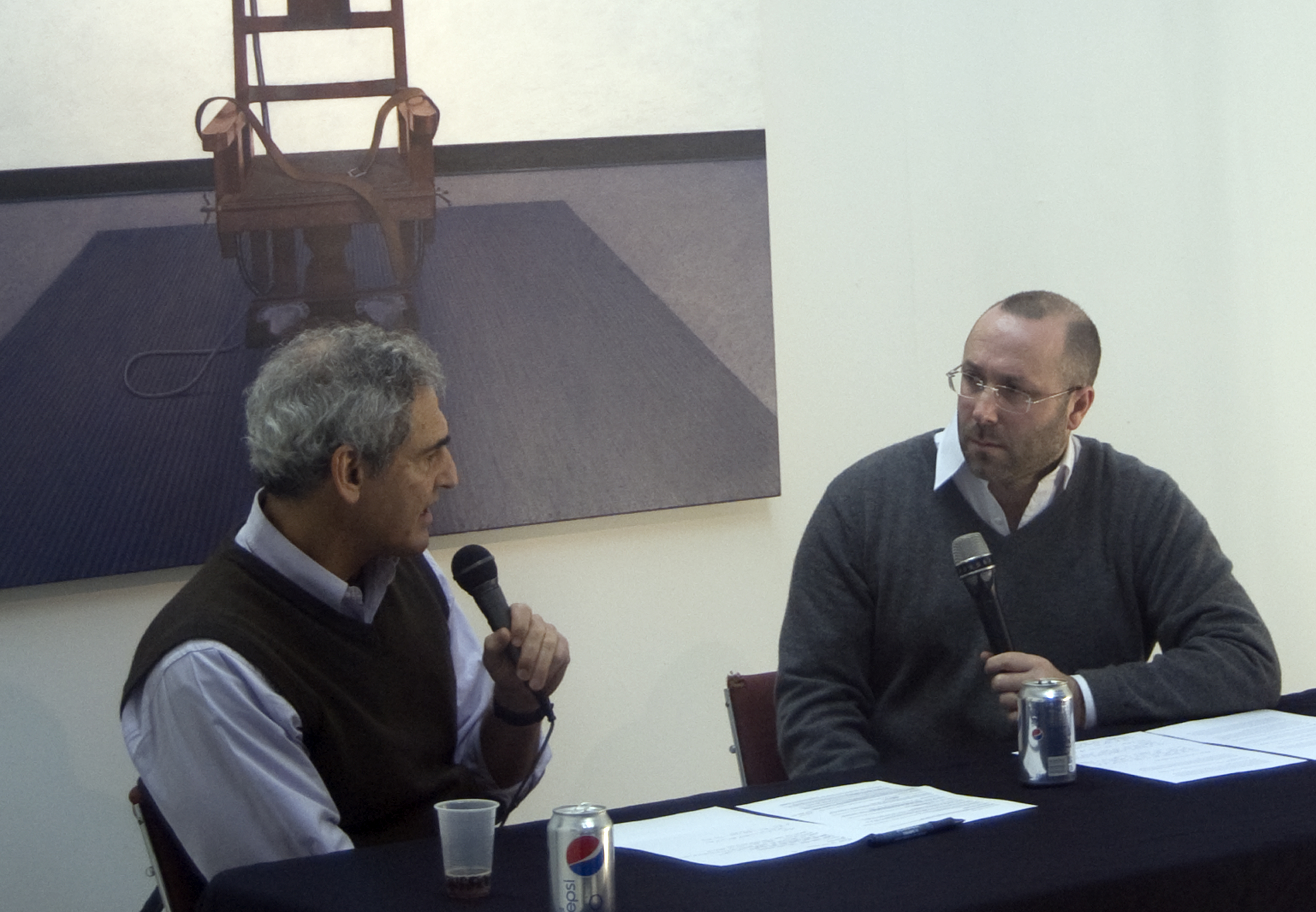
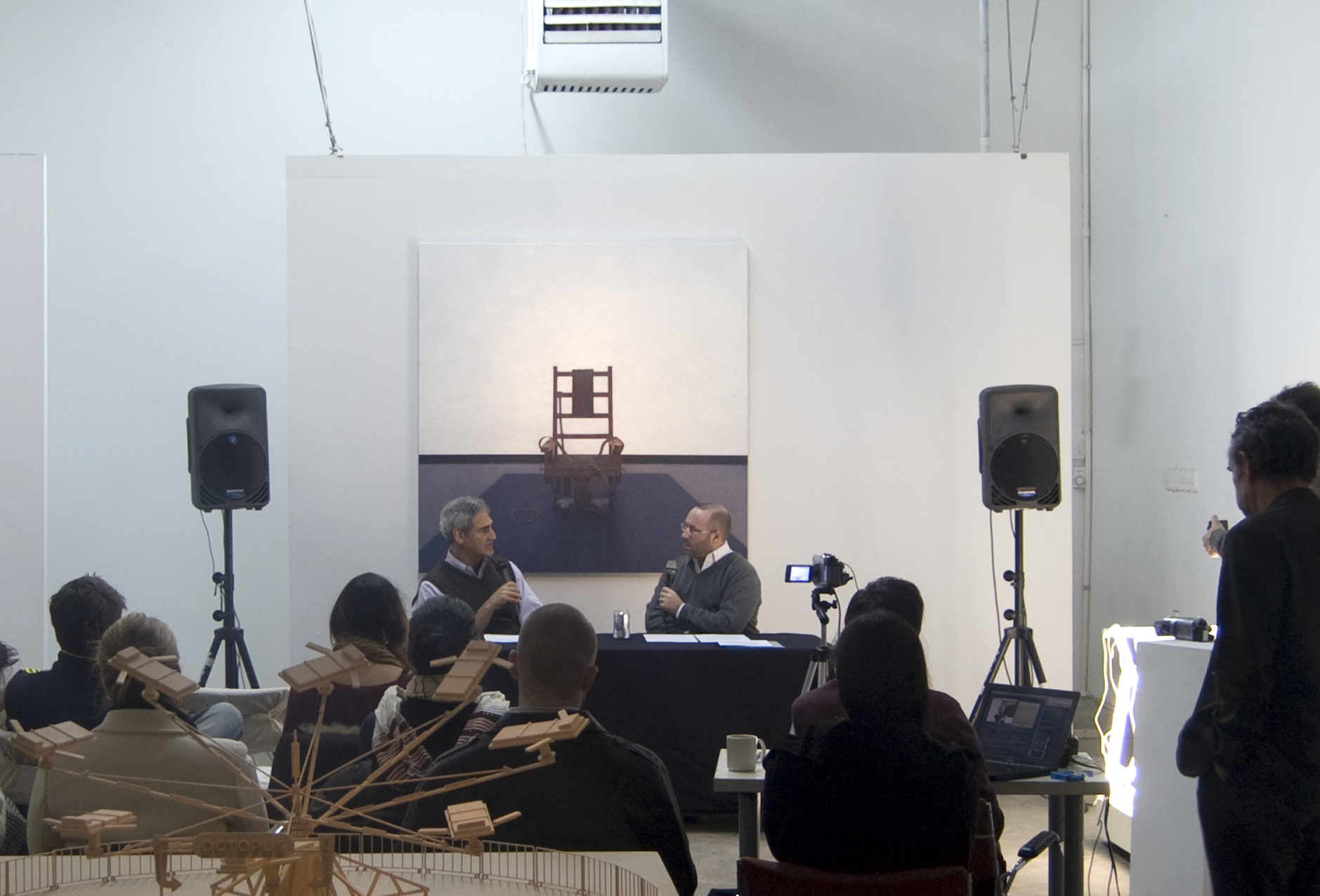
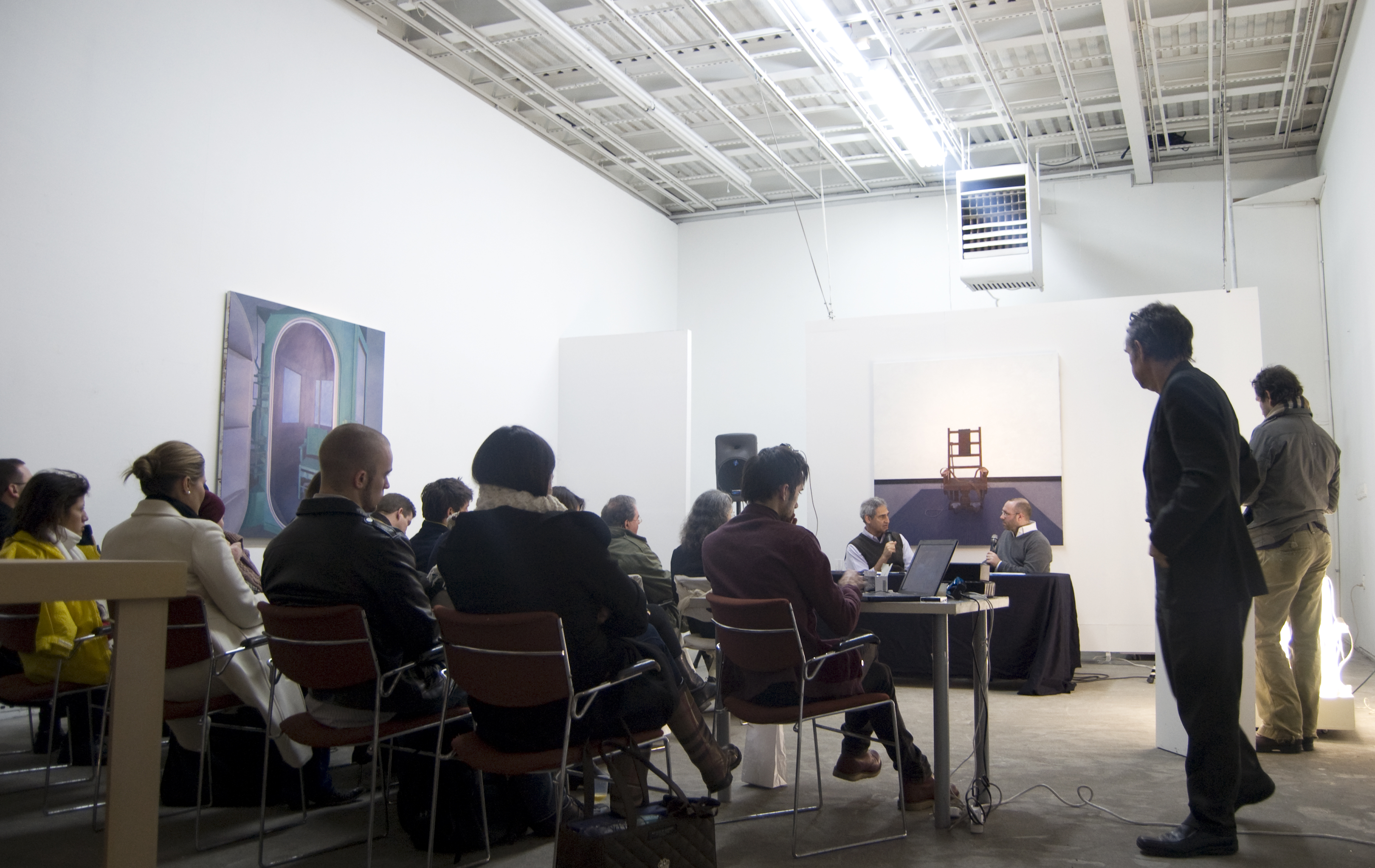
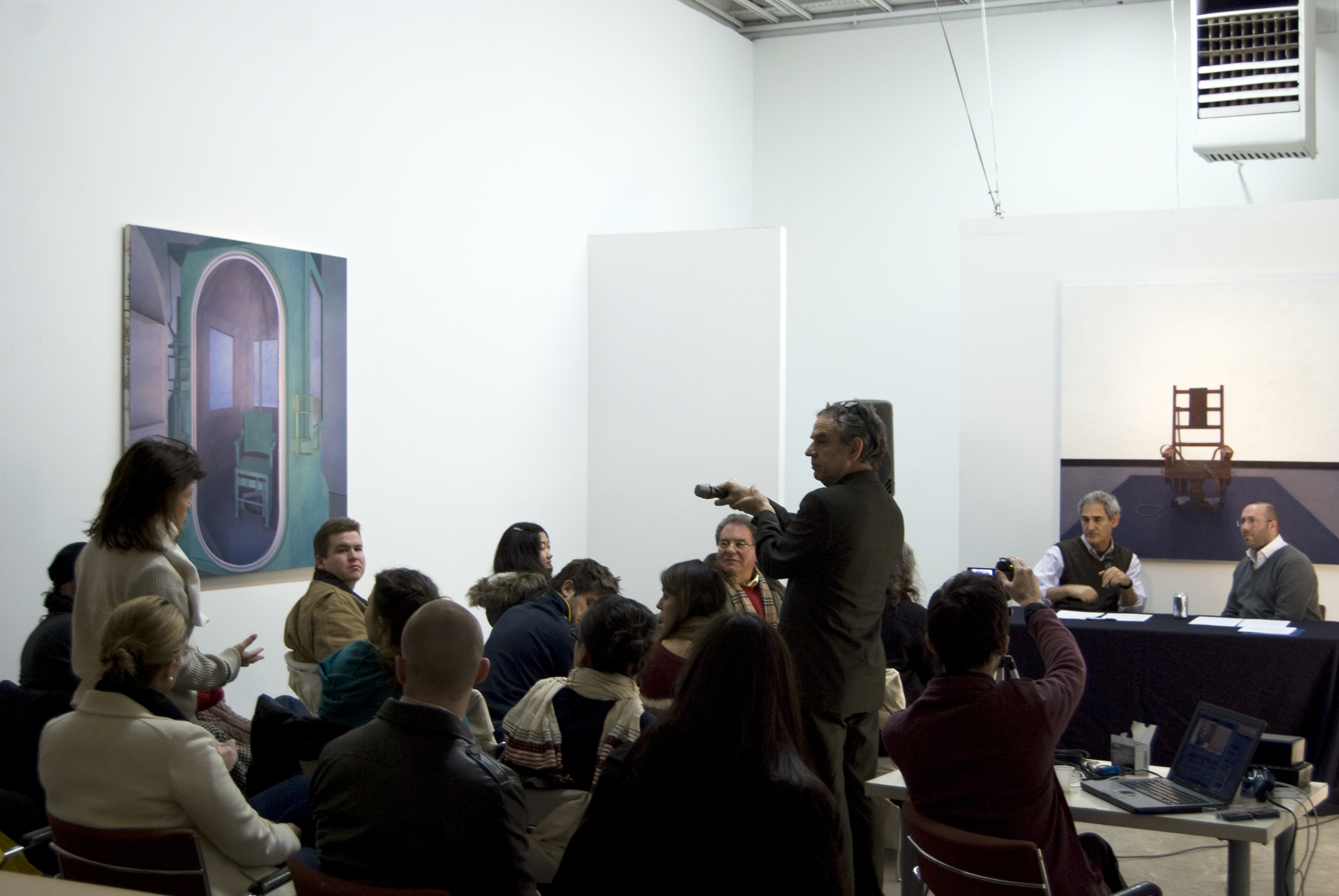
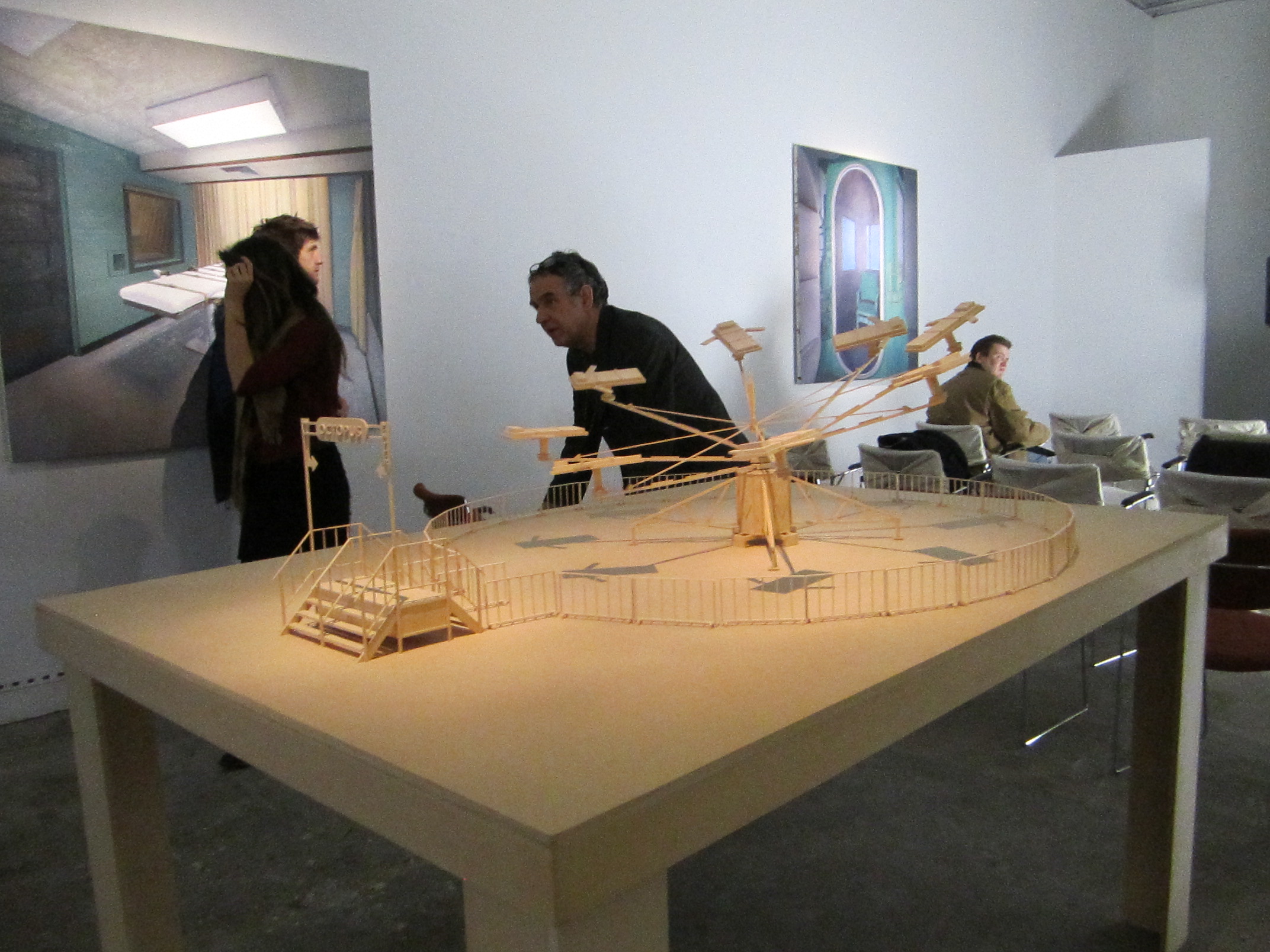
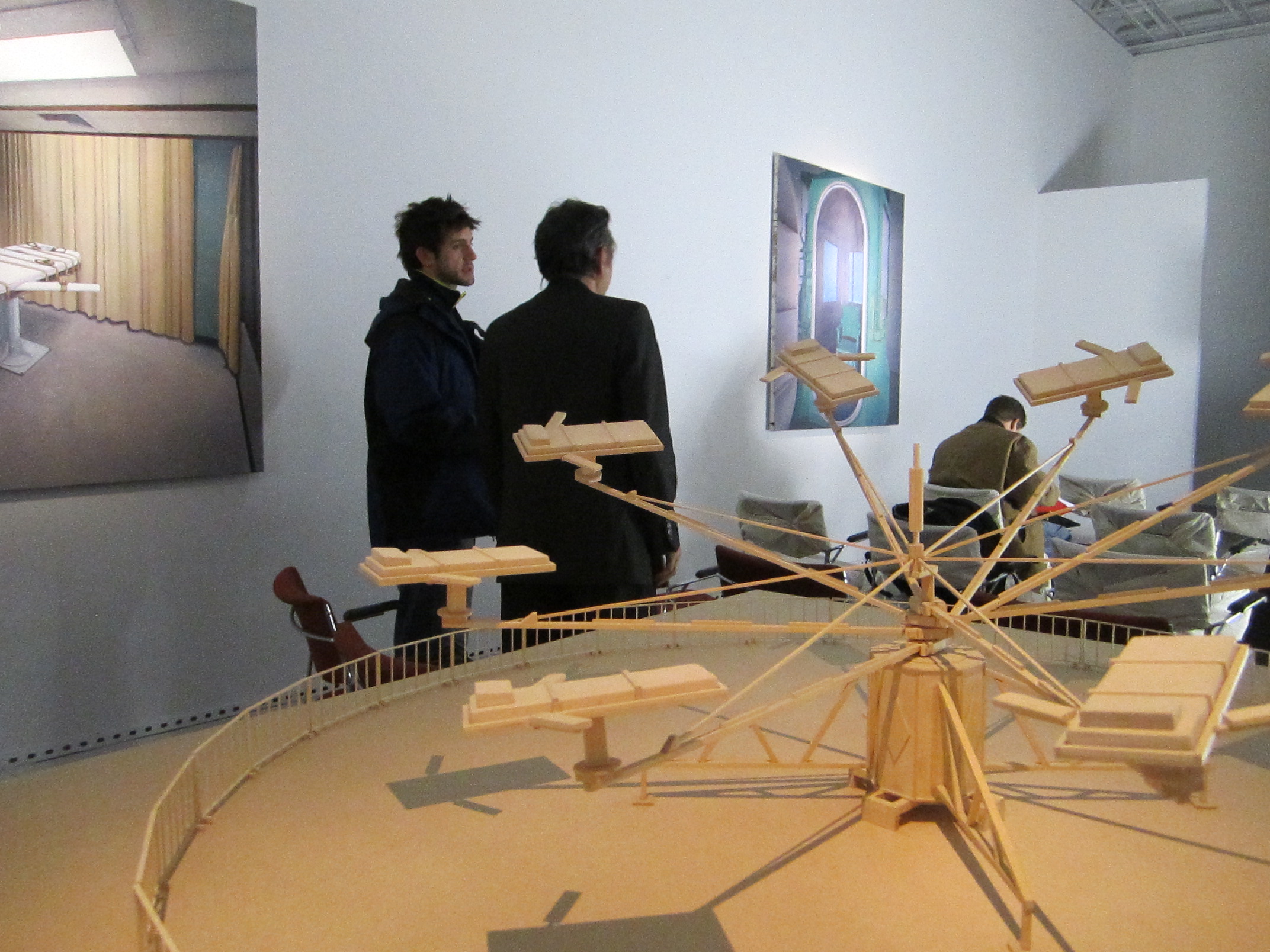
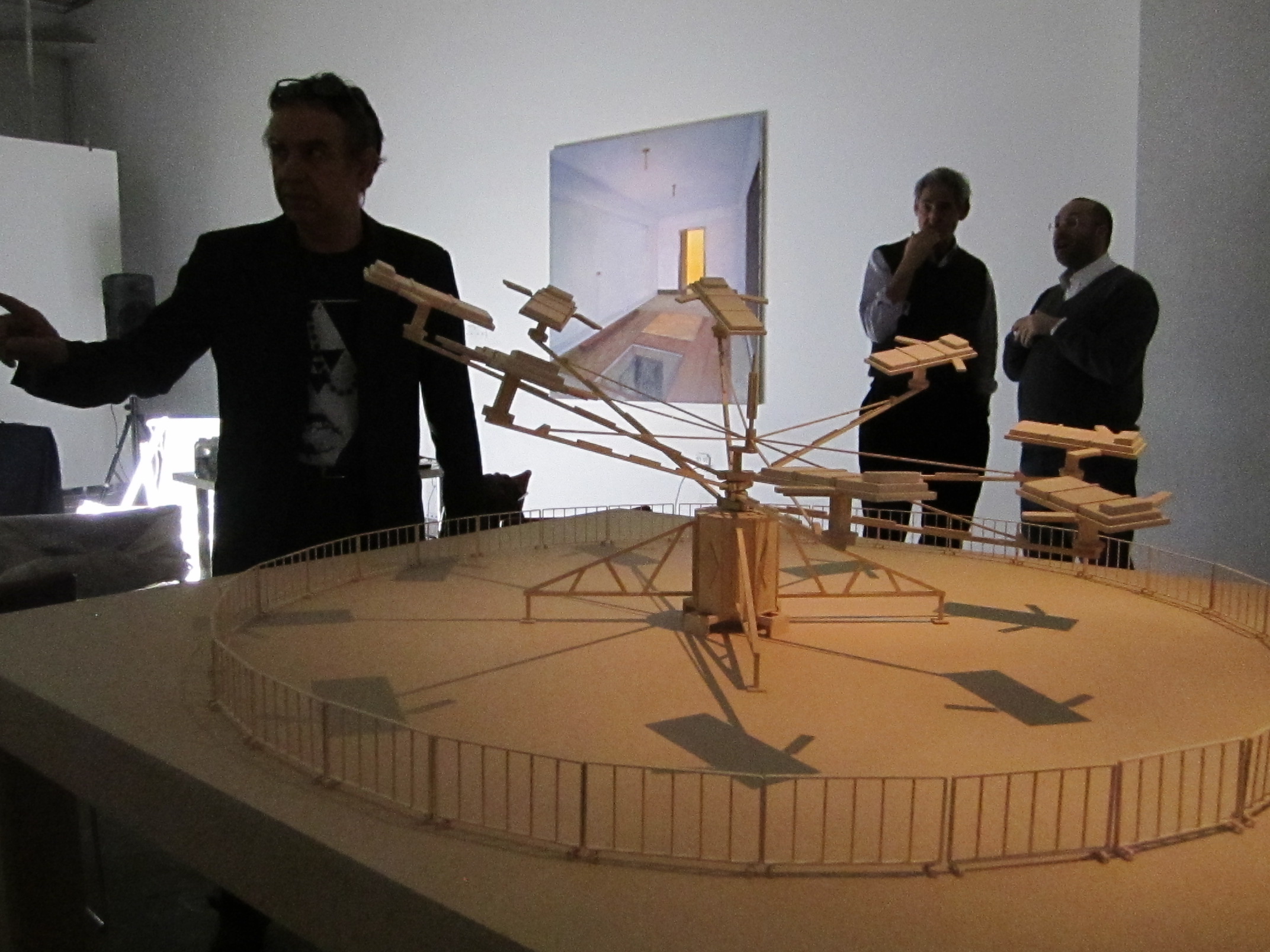
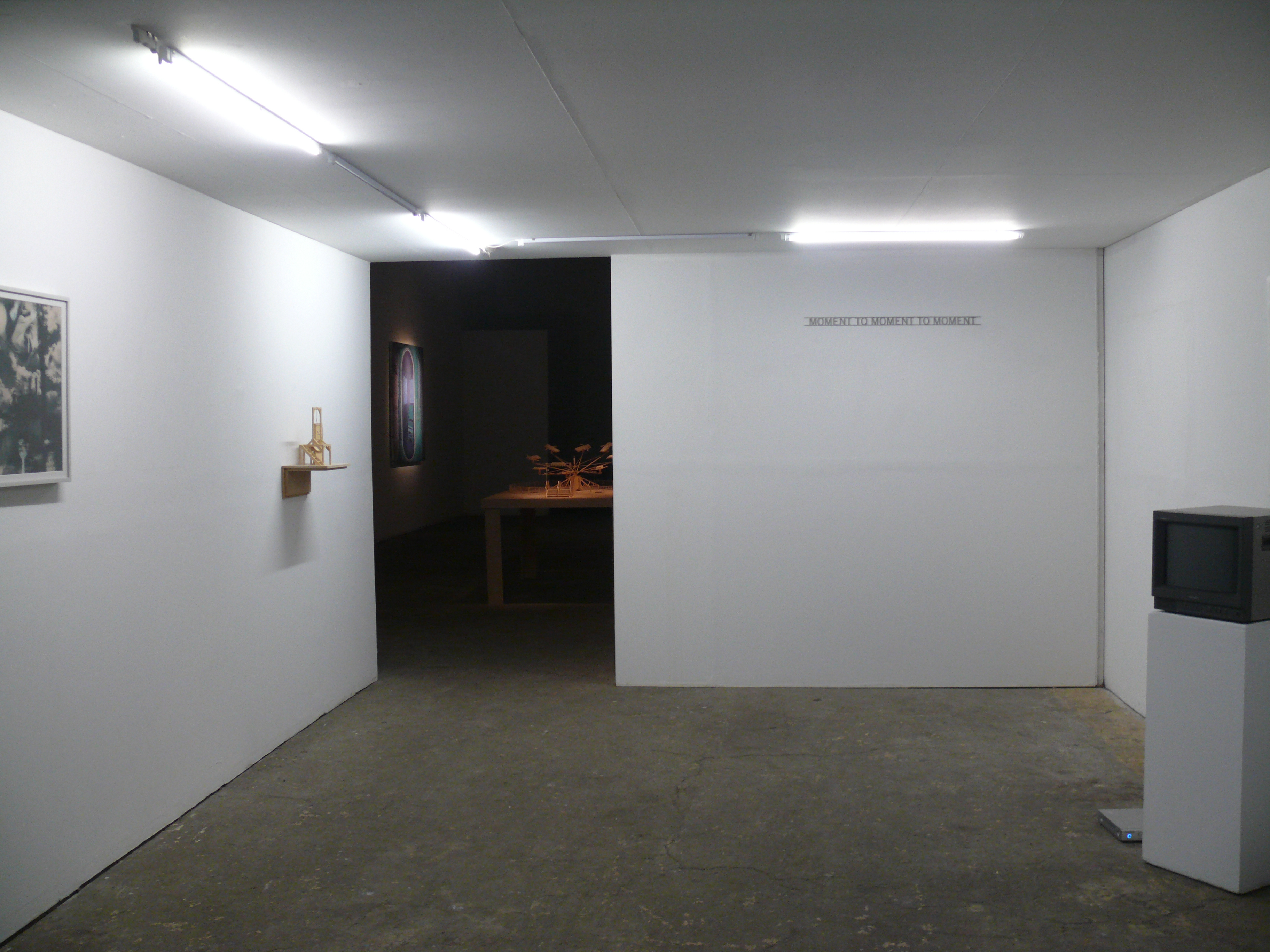
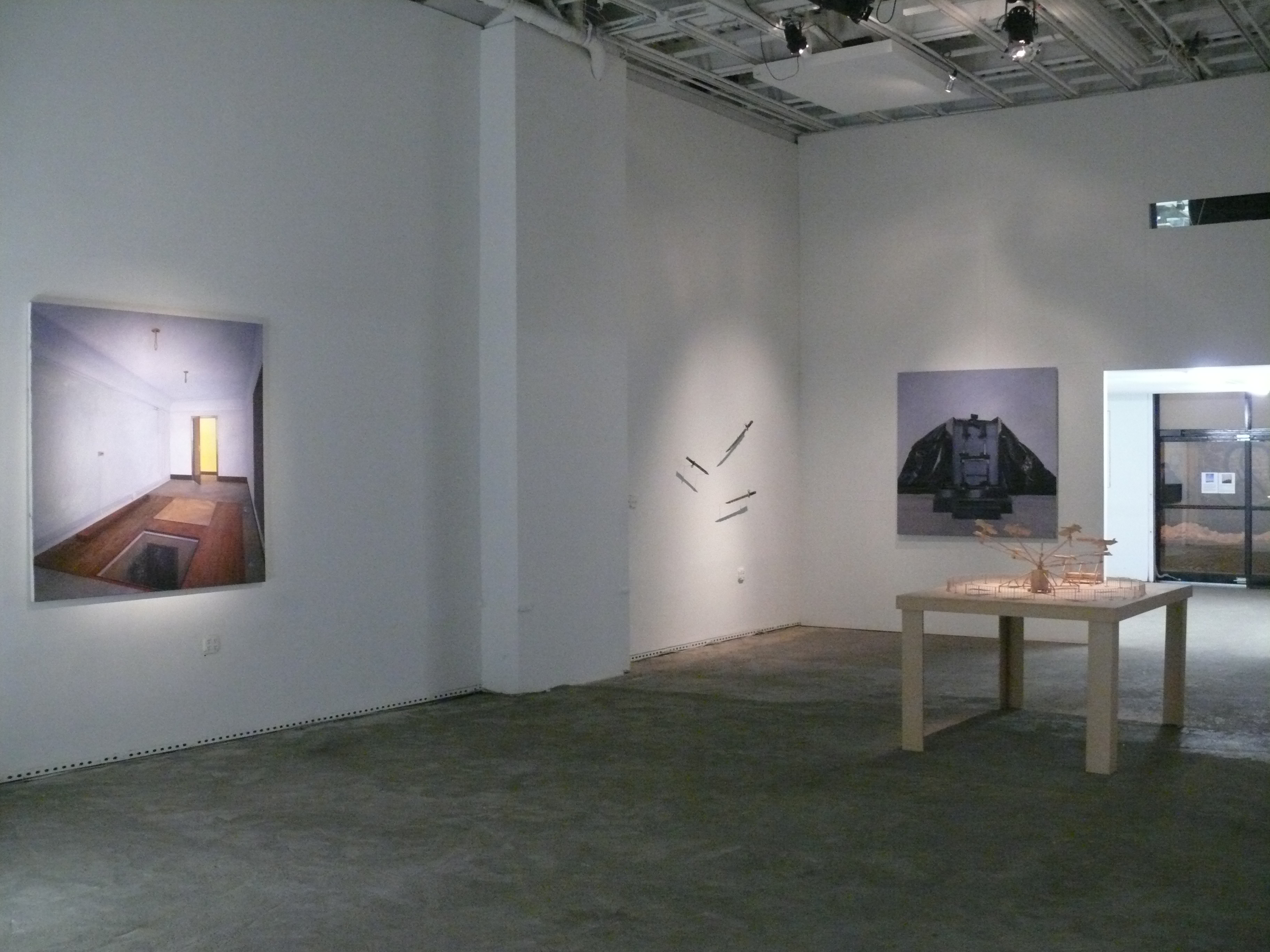
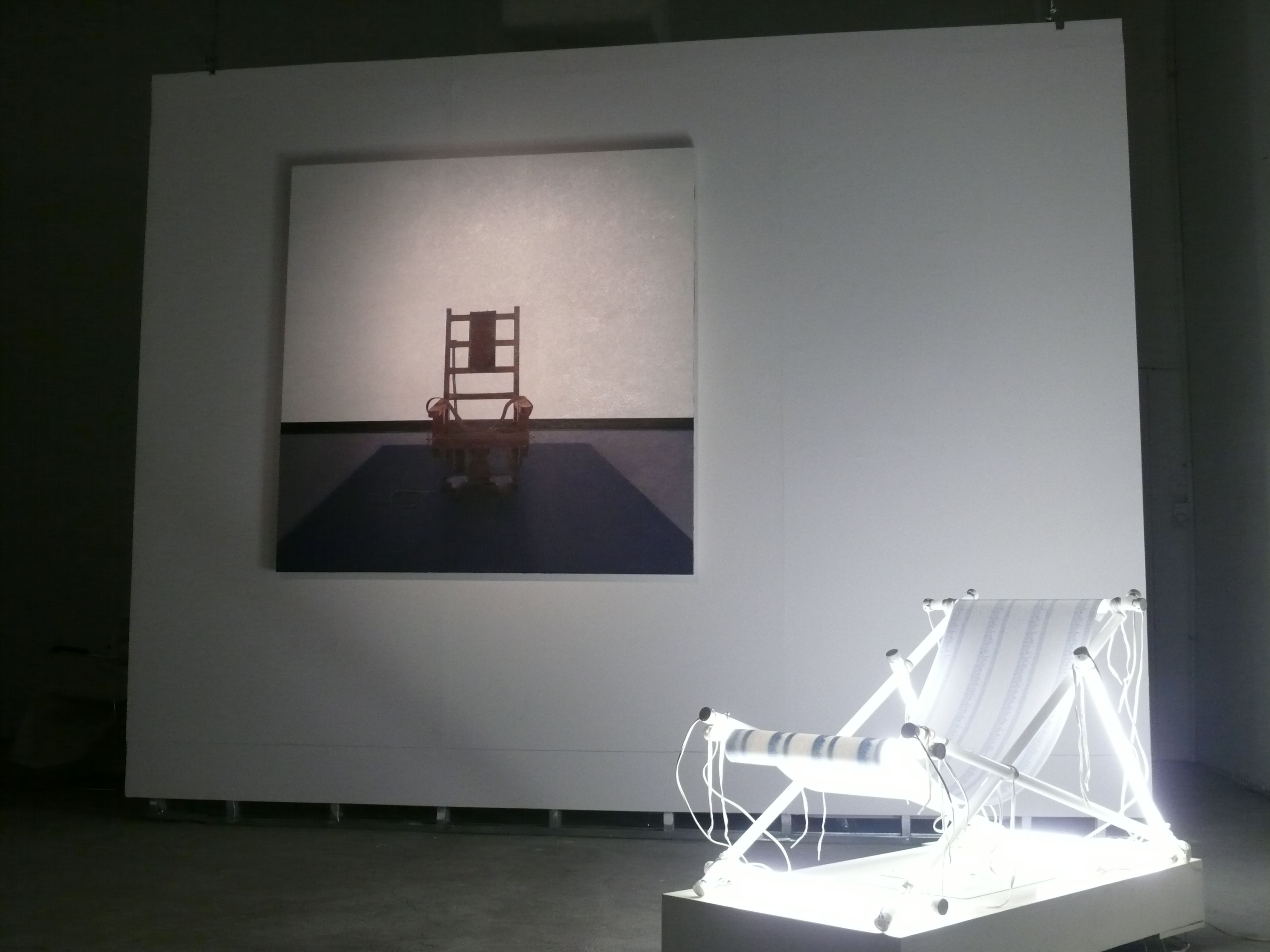
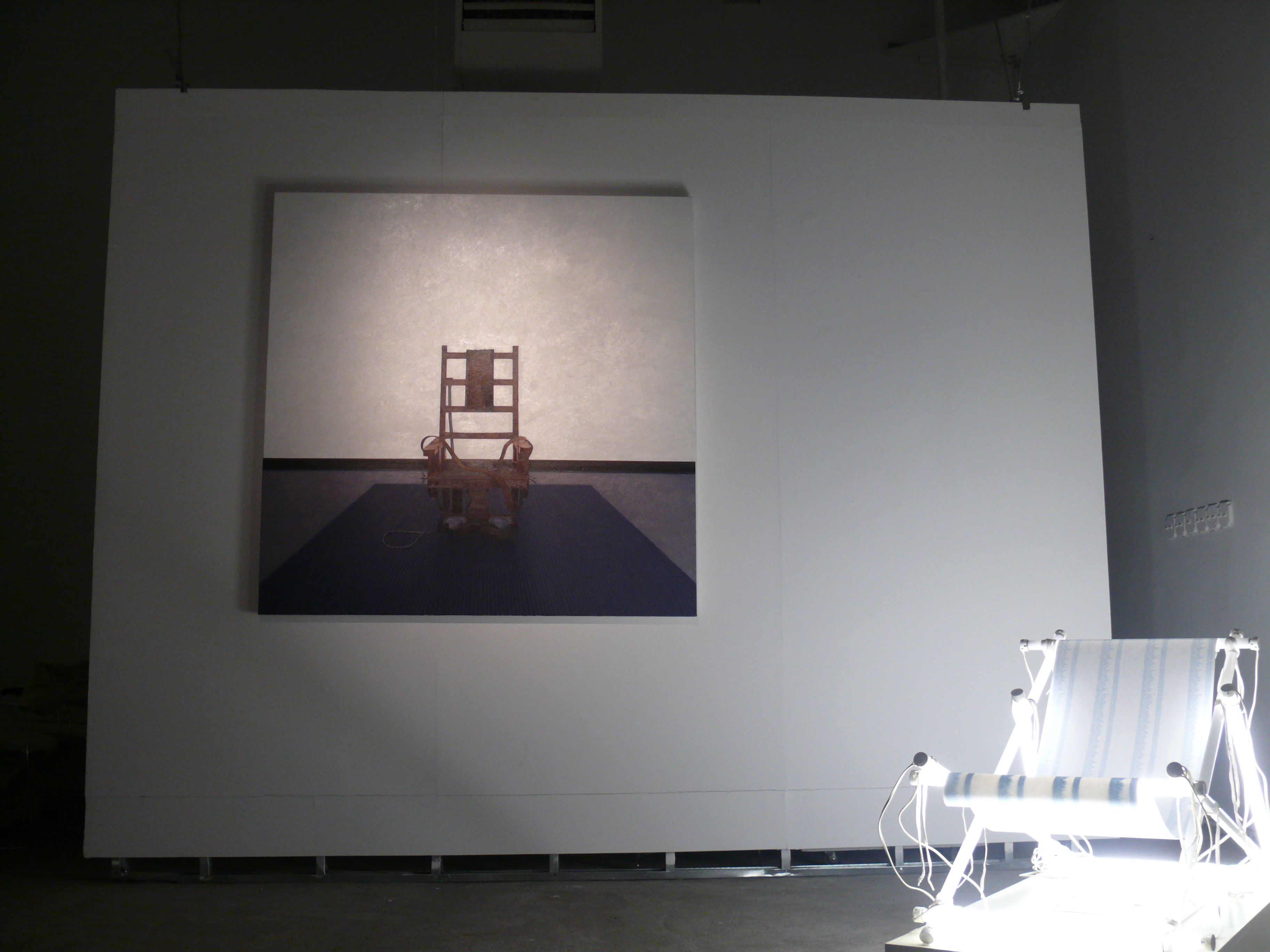
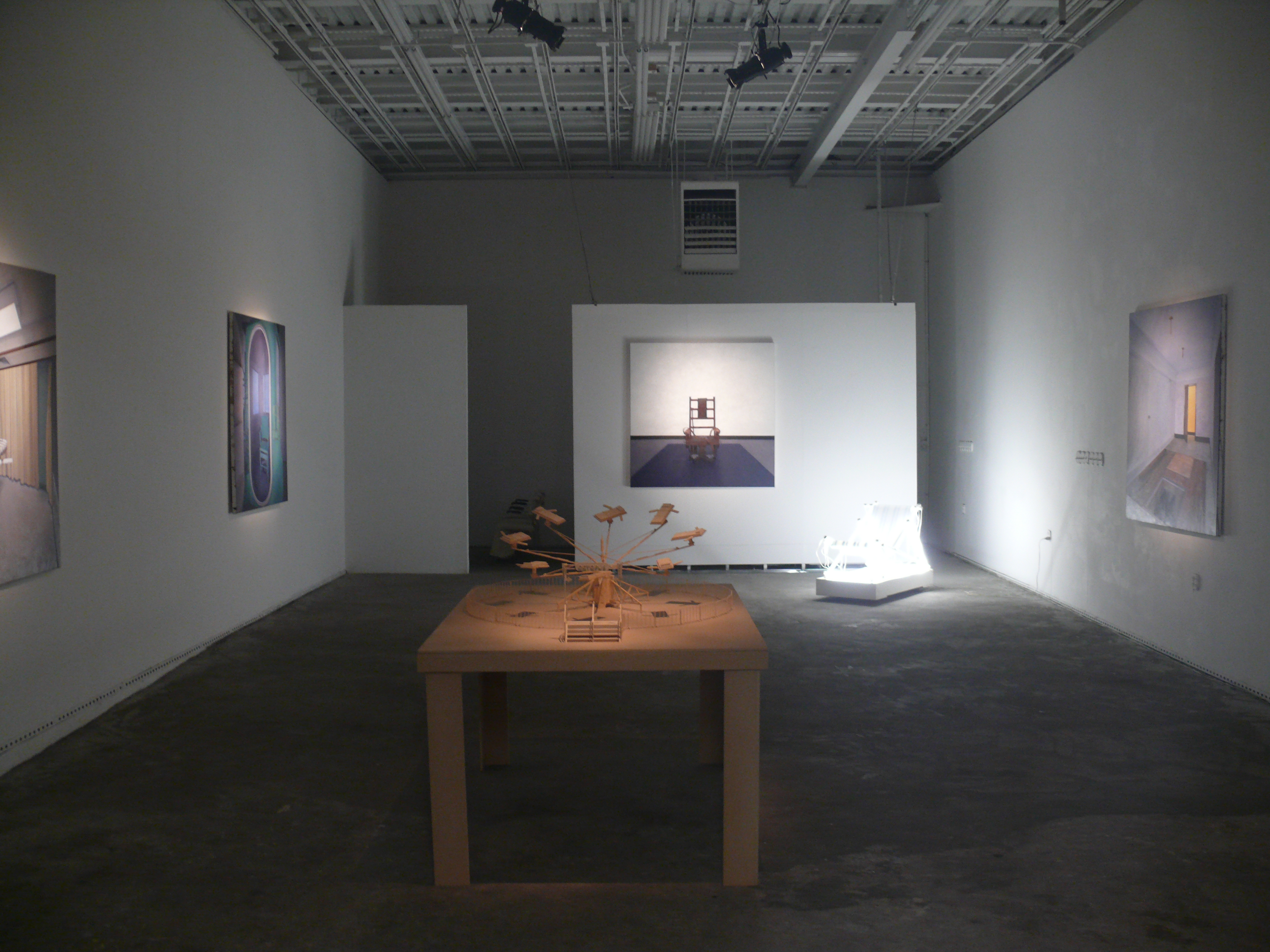
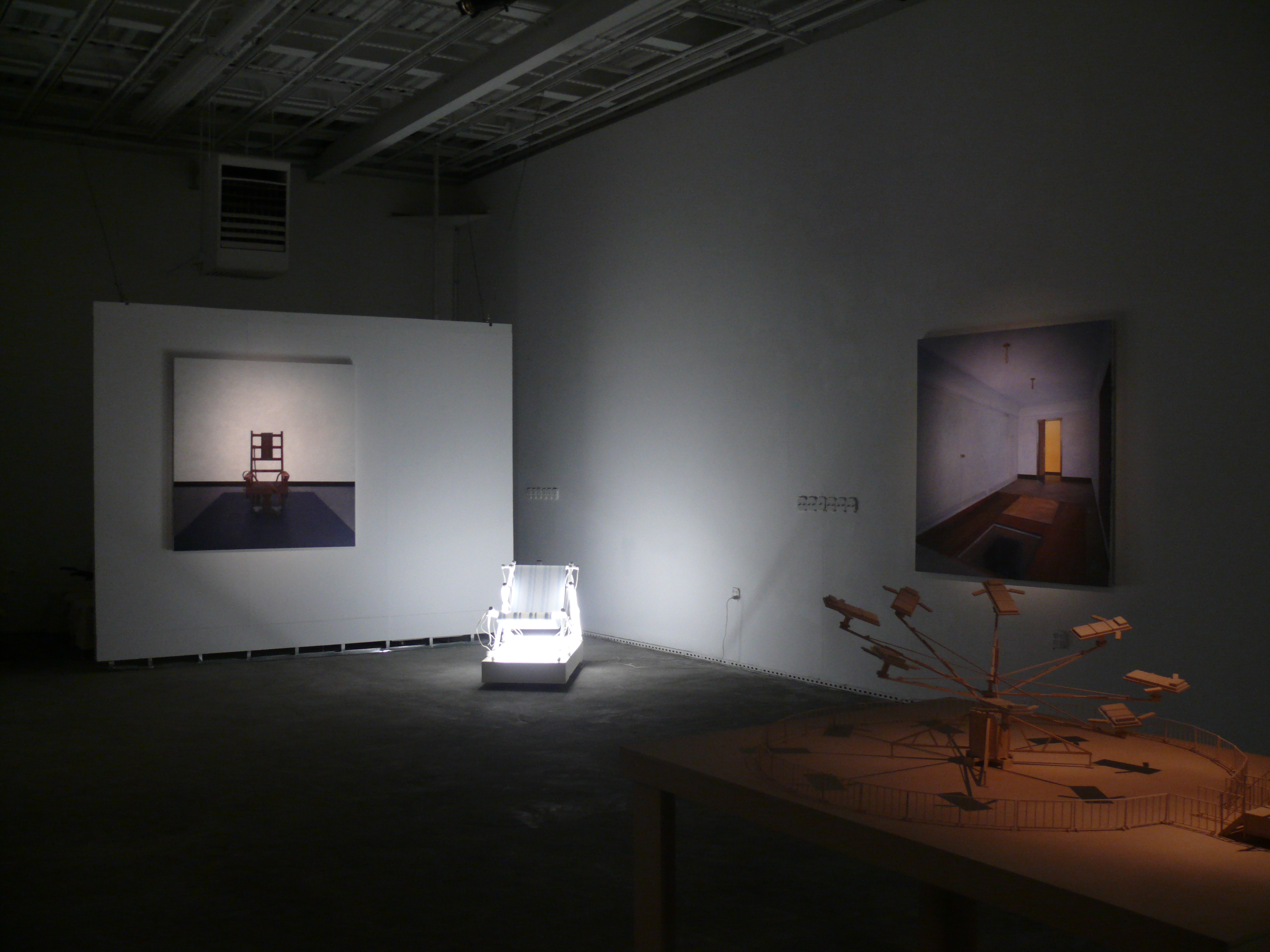
A STATEMENT BY ROBERT PRISEMAN
Picture in your mind’s eye, a soft white pillow. The kind of pillow which you lay your head upon at night. The kind of pillow that envelops your thoughts as you go gently to sleep.
This is the same pillow we place under the head of a condemned prisoner, as they lay their body upon the lethal injection gurney for the final time. The same pillow which provides comfort to our inmate also betrays a deep disquiet at the trick we play upon ourselves – because we believe we do not kill, we merely put to sleep. As we think about our inmate, we must ask ourselves this simple question: Why do we wish to provide comfort to someone
we are about to kill? Perhaps we should remember that executions often express themselves culturally; the guillotine, for example, was only ever used in France, the garrote in Spain and the electric chair in the United States of America. The culturally specific realizations of different ways of taking human life, point to two things: That executions act as a form of social catharsis.
And that an execution is conducted as a ritual, which is made clear by the introduction of specialist equipment and the manifestation of protocol.
If it is so wrong for our prisoner to kill, how then can it be ‘right’ for us to commit the same act? The truth is, we know it isn’t, and we detach our conscience through the distancing layers which social anonymity, procedure and soft comfort offer.
Sigmund Freud provides a clue as to why we enable this. Freud believes taboos are derived from our earliest unwritten laws, and symbolize the temptations we all feel deep inside ourselves to commit dark and forbidden acts. It is because these feelings can be so profound and overwhelming, that Freud believes we have developed strong laws and religious beliefs, to help repel our unspoken desires.
We have learnt, with the help of doctrine, law and superstition, to draw boundaries around these destructive urges. Because, we feel that if one individual can break a taboo, then the door can potentially open for all of us. Taking Freud’s theory a step further, I suggest that when we are faced with a perpetrator, we feel a need to destroy them, in order to prevent our own fall into the forbidden. In doing this we metaphorically kill off our own immoral desires. For
this to happen, the murderer must cease to be seen as human. Society conspires, through the paraphernalia of execution, to help make this possible. And yet the pillow tells us, that try as we might to objectify, the truth leaks through. The pillow, we must realize, is not there for the comfort of the prisoner, as the condemned is about to face the greatest loss of all, the loss of life. A pillow will be the last thing upon their mind. The pillow is in fact there for our own comfort, because we are about to break one of the greatest taboos of all, we are about to kill.
FURTHER QUOTES
“Distanced and deadly factual, Robert Priseman’s works reveal a world we know exists in our midst but steadfastly avoid
thinking about. These sinister spaces are host to the most deadly concepts of time. Between the snap of a neck and actual
extinction lie some twenty minutes of throttled half-life. Even a severed head, its eyelids still opening and closing, lingers
on. By appearing to gloss over the barbarity of official killing, Priseman’s images allow its full horror to seep more vividly
and more memorably through.”
Art Historian, Michael Peppiatt
Notes to Editors: American Use of Death Penalty
NOTABLE DATES
August 6th 1890: First use of the electric chair
September 12th 2007: Last Electrocution in USA (to date)
January 25th 1996: Last hanging in USA to date
January 26th 1996: Last use of firing squad in USA (Utah) to date
February 8th 1924: First use of Gas Chamber in USA (Nevada)
March 3rd 1999: last use of Gas Chamber in USA (to date)
FACTS
· American joins China, Iran, Iraq and Pakistan in accounting for over 90% of executions in the world today.
· There are currently over 3200 prisoners on death row in the US.
LINKS
www.robert-priseman.com
http://www.dazeddigital.com/artsandculture/article/196/1/robert-priseman-at-the-dazed-gallery
http://whiteboxny.org/viewer.html – Watch the panel discussion from No Human Way to Kill Part I
http://www.amazon.com/Human-Way-Kill-Robert-
Priseman/dp/095620824X/ref=sr_1_1?ie=UTF8&s=books&qid=1265291356&sr=1-1
Amazon link for buying the book
http://www.firstsite.uk.net/
http://www.essex.ac.uk/human_rights_centre/
Interviews: Robert Priseman is available for interview.
High res images: http://www.flickr.com/photos/amnesty-international/sets/72157609332763956/detail/

